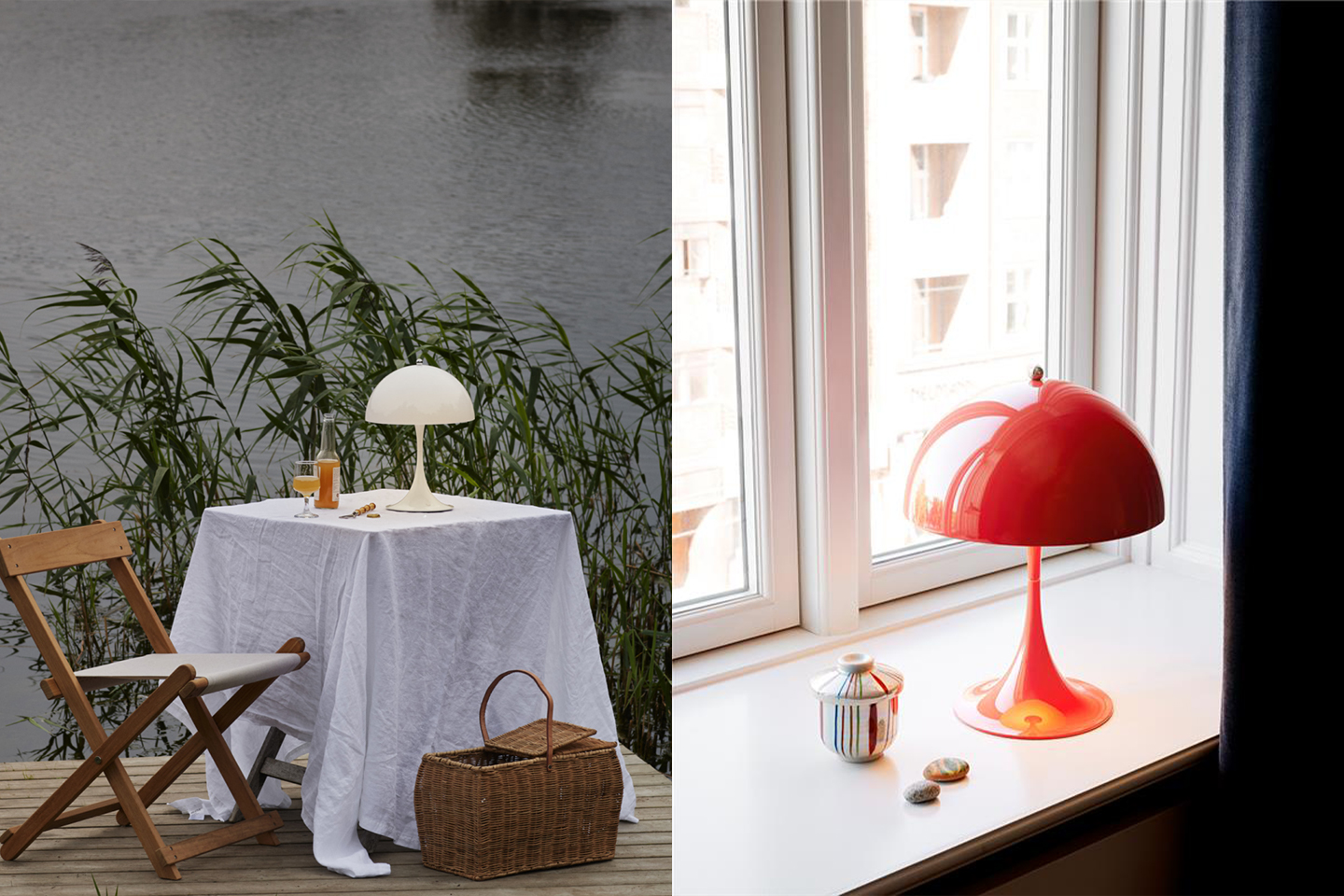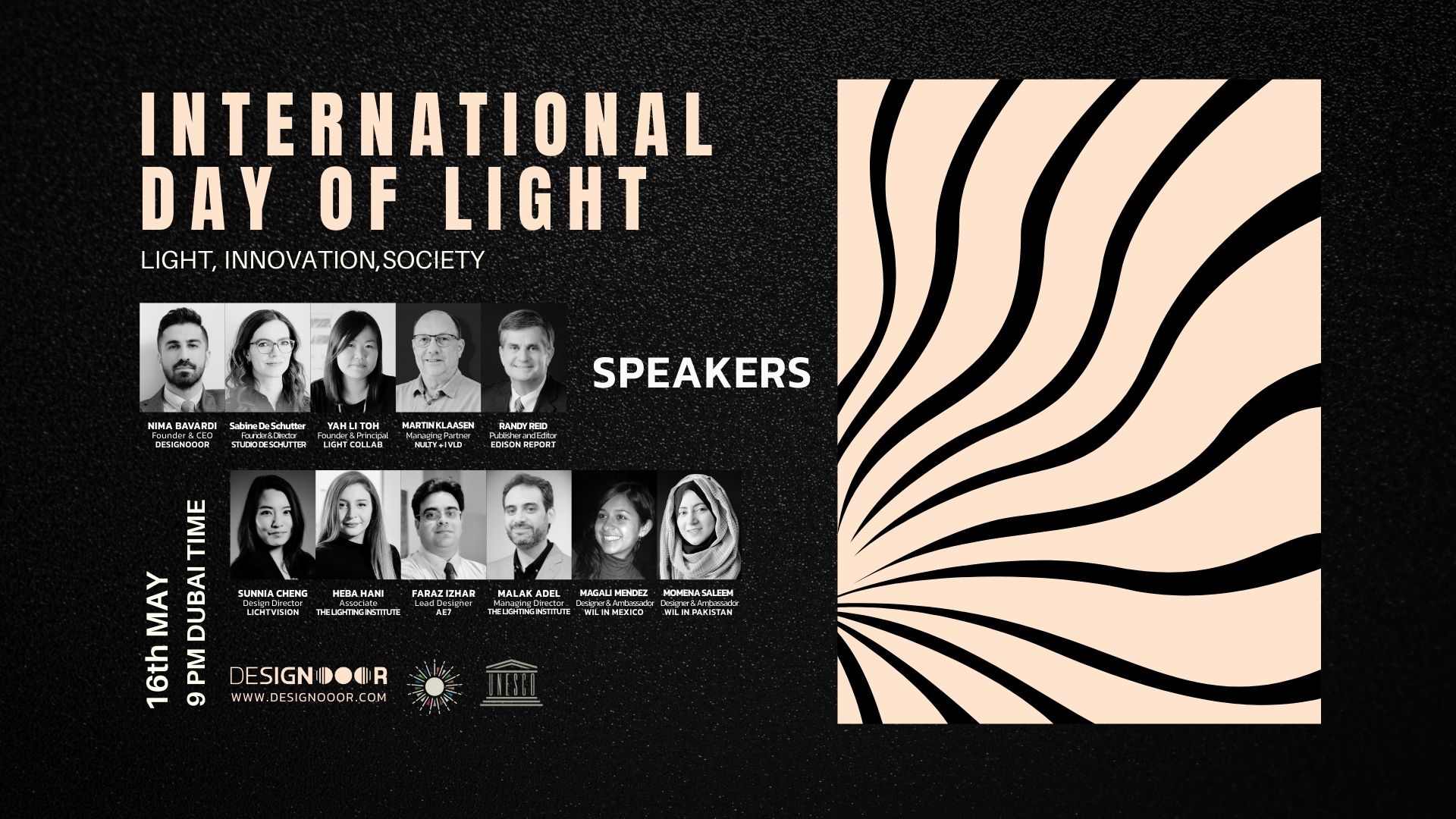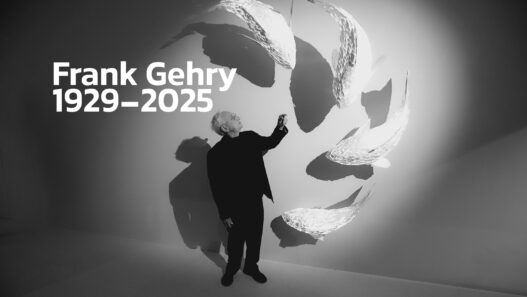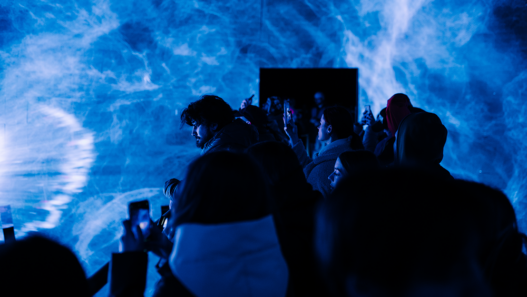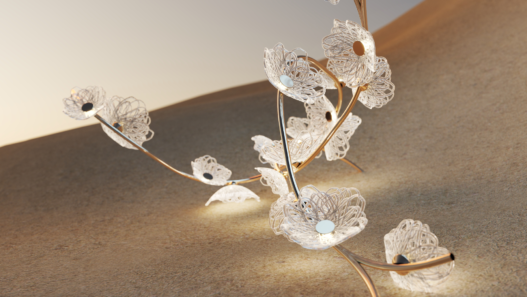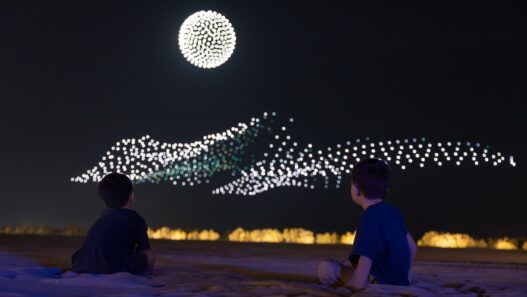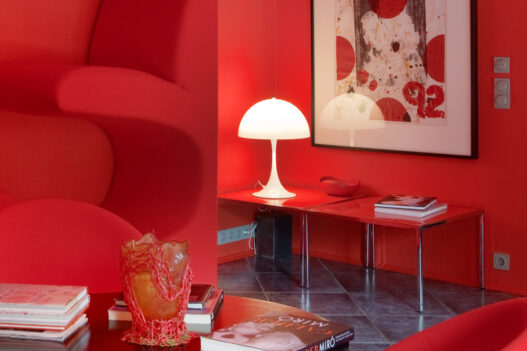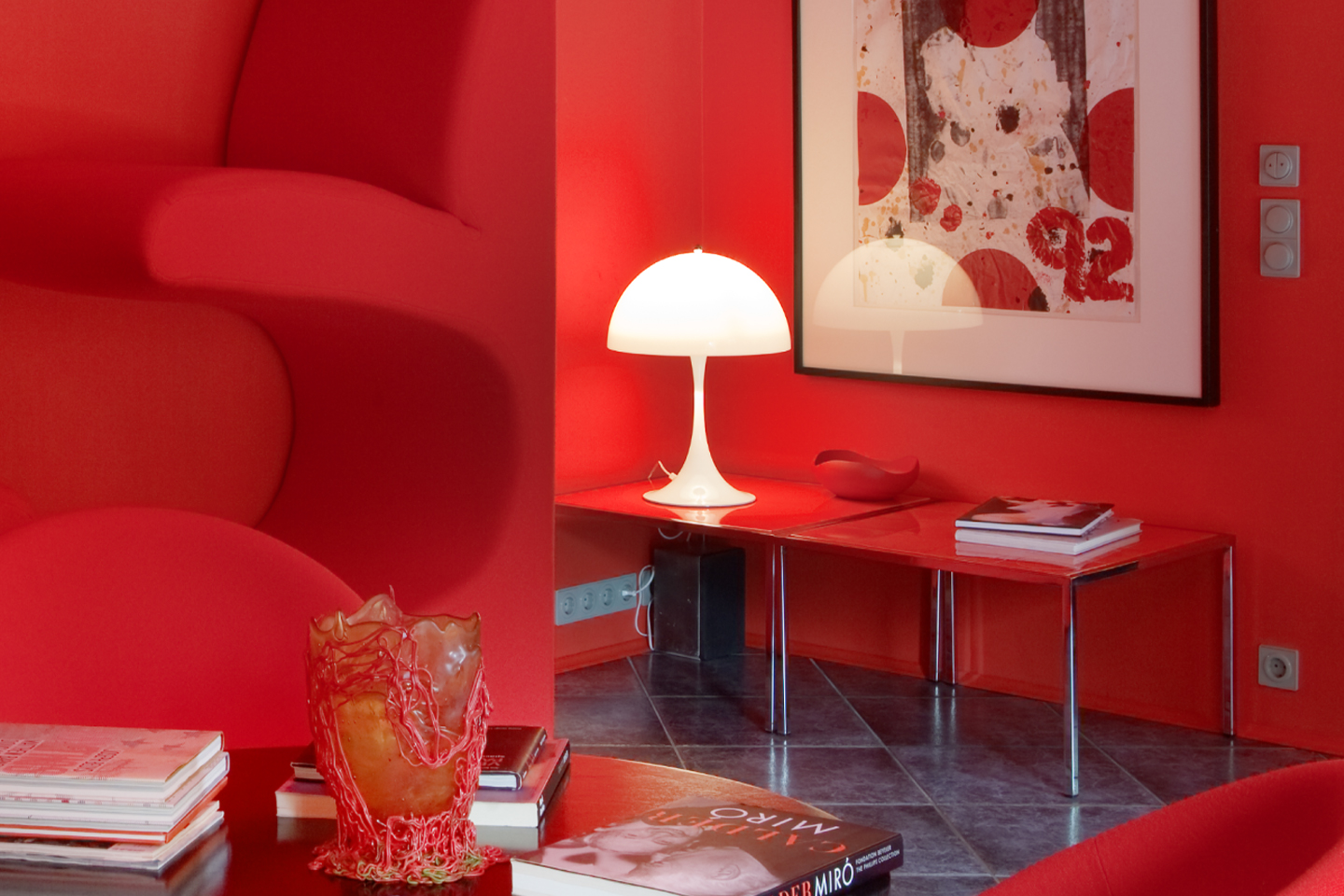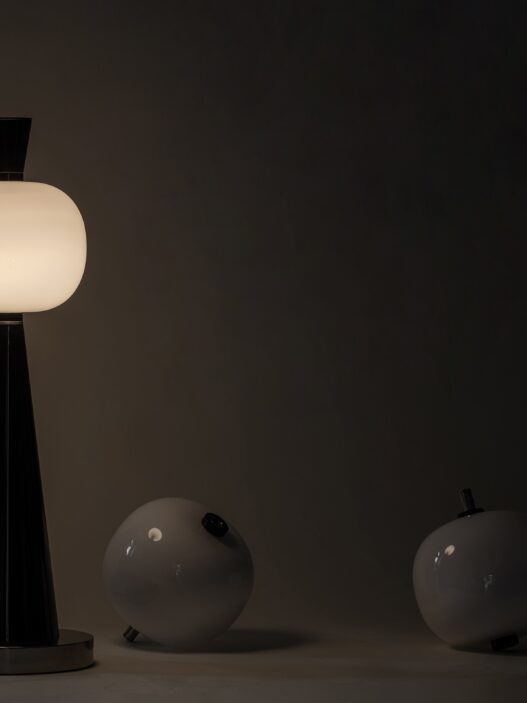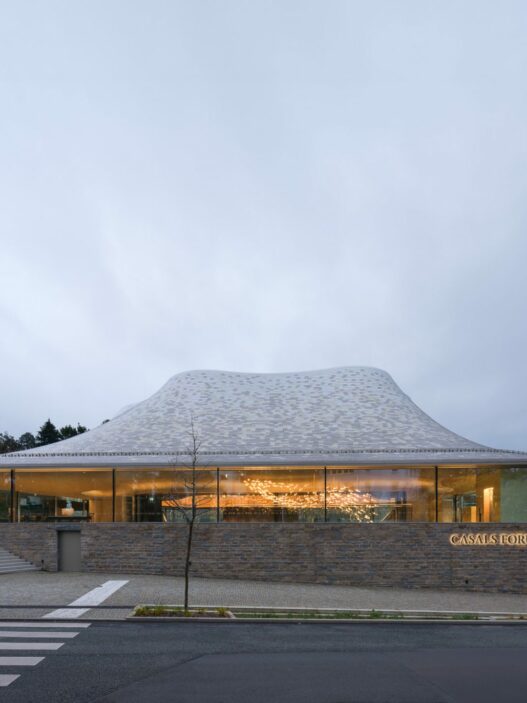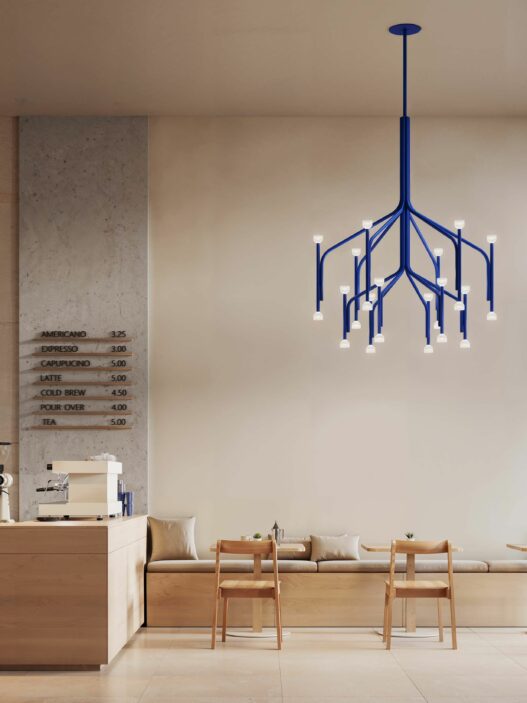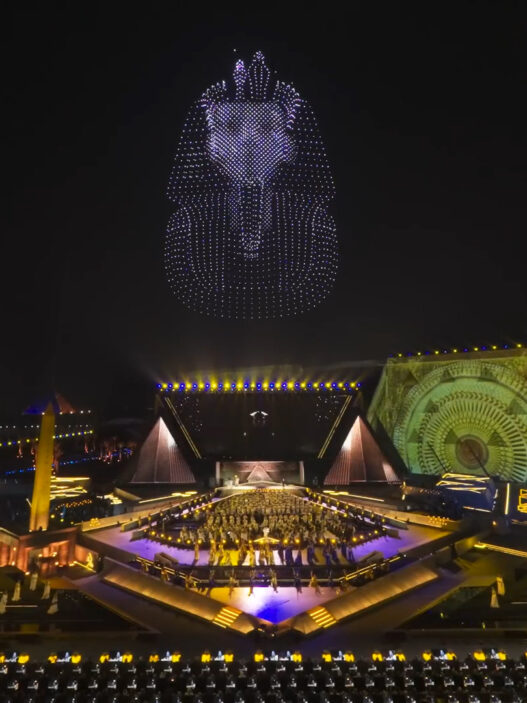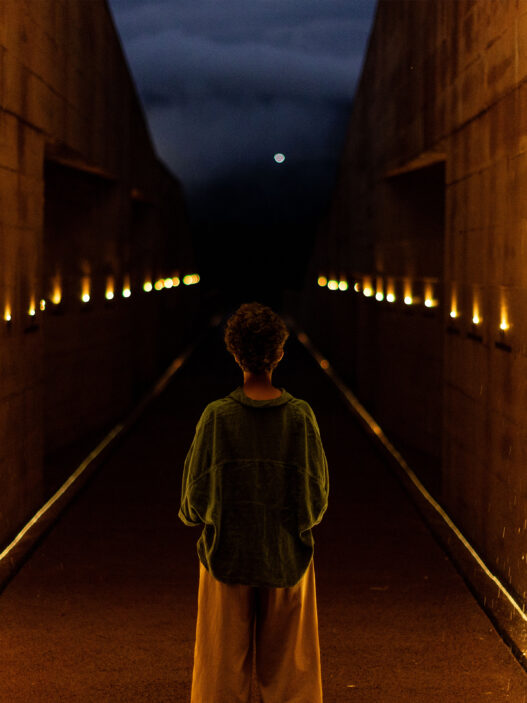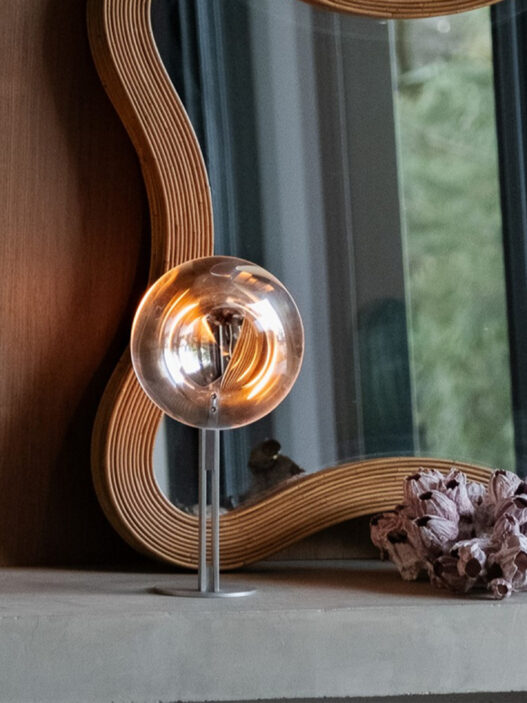An Homage to Verner Panton
The Panthella is more than a lamp; it is a distilled conversation between light and material, between the discipline of design and the instinct of imagination. In Verner Panton’s world, colour and form were never separated entities, they were forces of emotion, equal in their ability to provoke and seduce. The Panthella remains a clear articulation of that belief, a sculptural presence that treats light not as a technical requirement, but as a living gesture in space.
When one observes the lamp in a red environment, such as the one it often inhabits in curated interiors, its illumination feels almost suspended between material and immaterial. The light is not projected, it breathes. The opal acrylic shade diffuses its own silence, spreading a soft, radial calm that counterbalances the intensity of its surroundings. In that sense, the Panthella does not dominate a room; it absorbs it, reshaping the mood through reflection and tone. What Panton achieved here was not the creation of an object that simply contains light, but one that becomes it. The form dissolves into its function with such coherence that the act of turning it on feels like revealing its true anatomy.
The design’s trumpet-shaped stem is not decorative flourish, it is the structural heart that redirects light upward and outward, redefining how illumination interacts with geometry. The internal reflection between stem and shade produces a light that is neither harsh nor passive. It’s a light that understands the human desire for comfort without surrendering to banality. In that controlled softness lies the intelligence of the piece. It invites presence without demanding attention.
Technically, the Panthella 250 Portable introduces refinements that acknowledge modern rhythms without compromising the spirit of its origin. The built-in dimming, touch control, and rechargeable system are not gimmicks, they are gestures of relevance. They allow the lamp to travel with the user, to adapt to new rituals of space. Yet even with these interventions, its essence remains untouched. The relationship between light and form, which was the soul of the 1971 design, survives intact. The material might have evolved into polycarbonate and acrylic, but the emotional vocabulary remains unmistakably Panton.
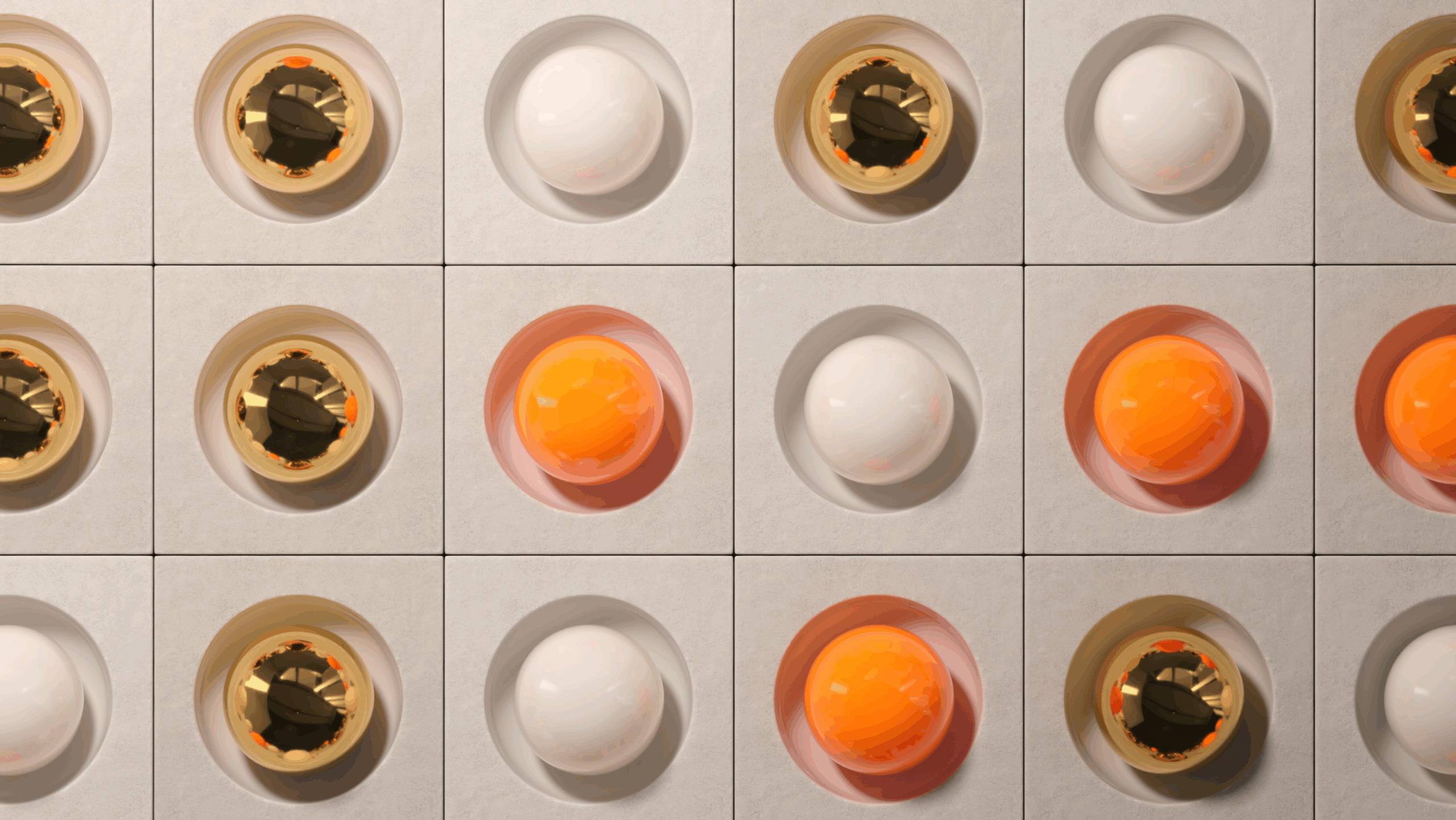
His work always asked the same question: what if light could feel?
The answer is quietly embedded in its operation. To touch the top of the lamp is to participate in its narrative, to activate not just a circuit, but a lineage of thought that values play, sensuality, and human connection. It’s a subtle act, yet deeply symbolic. In that moment, the user becomes part of Panton’s theatre of imagination.
Every curve of the Panthella carries evidence of Panton’s defiance. He stood against the monotony of neutral interiors, against the fear of expression that dominated his era. His rebellion was not loud, it was radiant. By sculpting forms that reflected light as much as they emitted it, he dismantled the hierarchy between object and environment. The Panthella 250 continues that rebellion quietly. In a contemporary world saturated with functional minimalism, its gentle curves remind us that emotion is a function too.
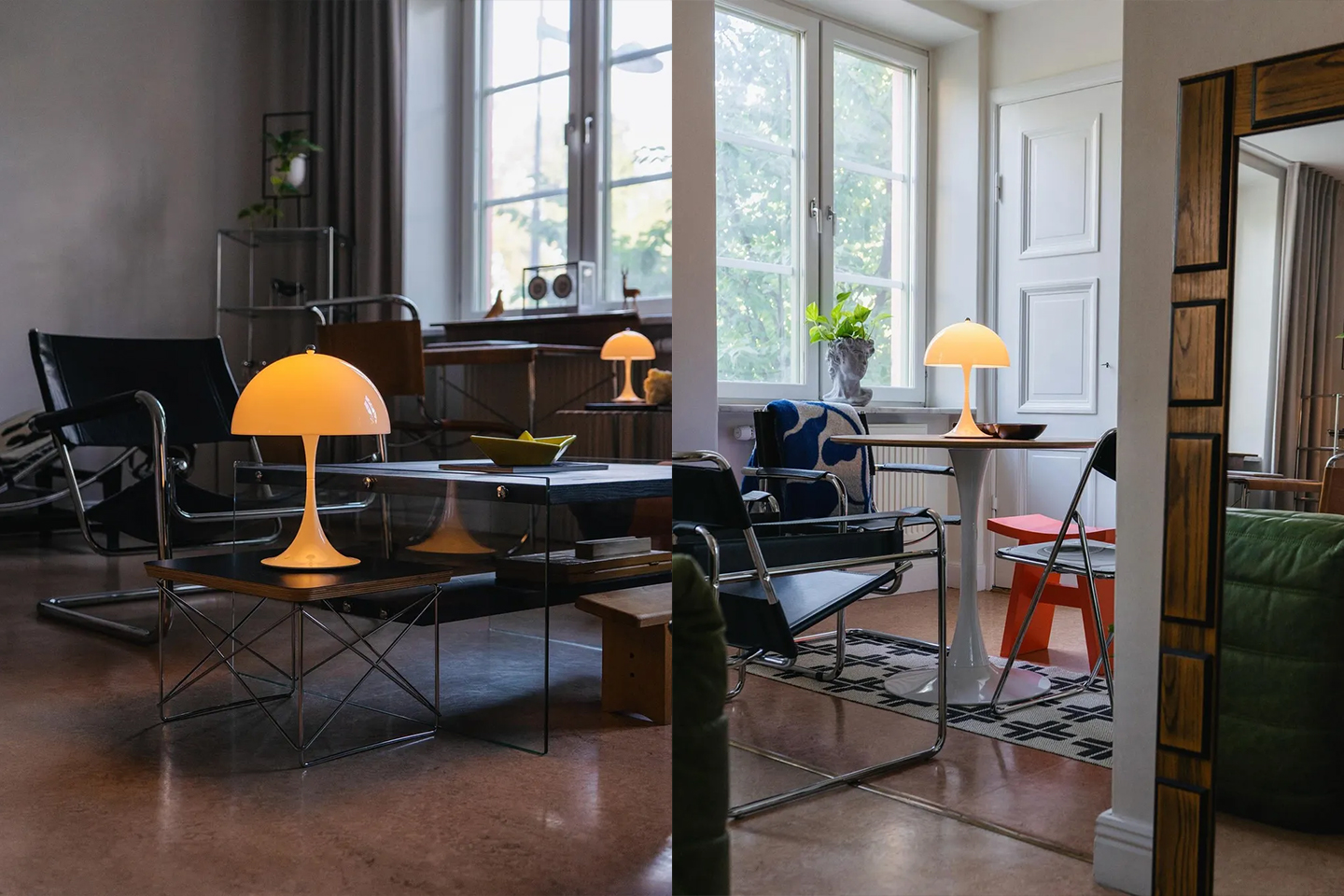
There is a profound stillness in its operation. It does not strive for spectacle, yet it possesses the quiet charisma of something eternal. The balance between the smooth acrylic and the soft diffusion of light generates an atmosphere that resists the passing of trends. This is where its timelessness emerges, not from nostalgia, but from clarity. Panton’s intuition for proportion, his respect for the expressive potential of colour and form, grants this object a rare immunity to time. Its relevance is not maintained by fashion, but by the authenticity of its vision.
His intention was never to design a “fixture.” It was to design an experience that could alter the psychological temperature of a room. He once said colour was more important than form, a statement often misunderstood. What he meant was that emotion precedes geometry. And in the Panthella, this belief is tangible. The burgundy tone, the opal diffusion, the soft downward spread of light, all act as instruments in an orchestra of ambience. They create warmth not through intensity but through participation. The lamp invites its surroundings to co-author its meaning.
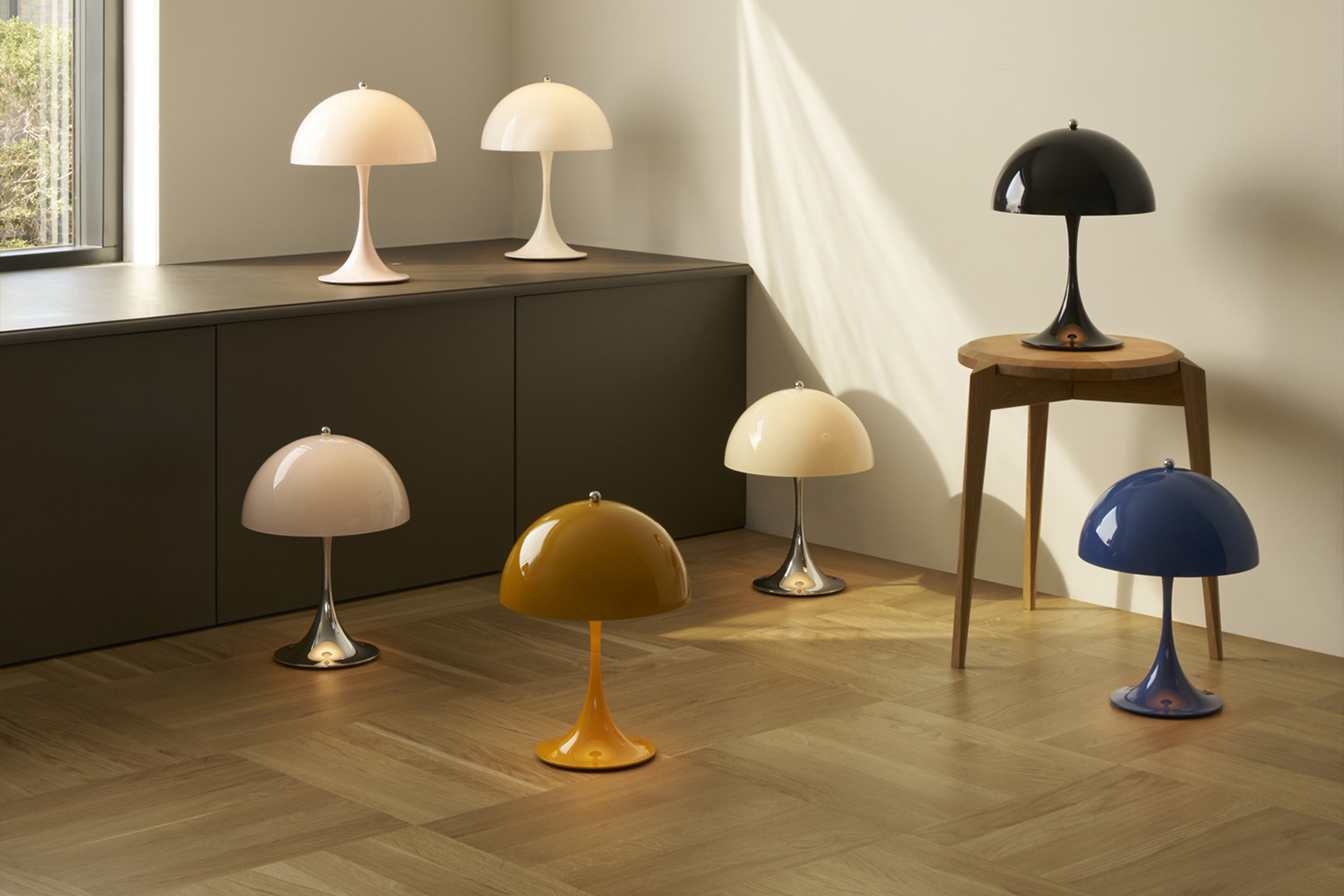
In essence, the Panthella 250 reveals how design can carry memory forward without becoming nostalgic. It embodies the spirit of Panton’s experimentalism while remaining deeply human in scale and temperament.
What endures is the dialogue between the hand of the designer and the behaviour of light. The Panthella 250 remains a proof that when form and illumination merge with emotional intelligence, time becomes irrelevant. It stands quietly in its corner, yet it transforms everything around it. That is not just good design, it is reverence turned tangible.
